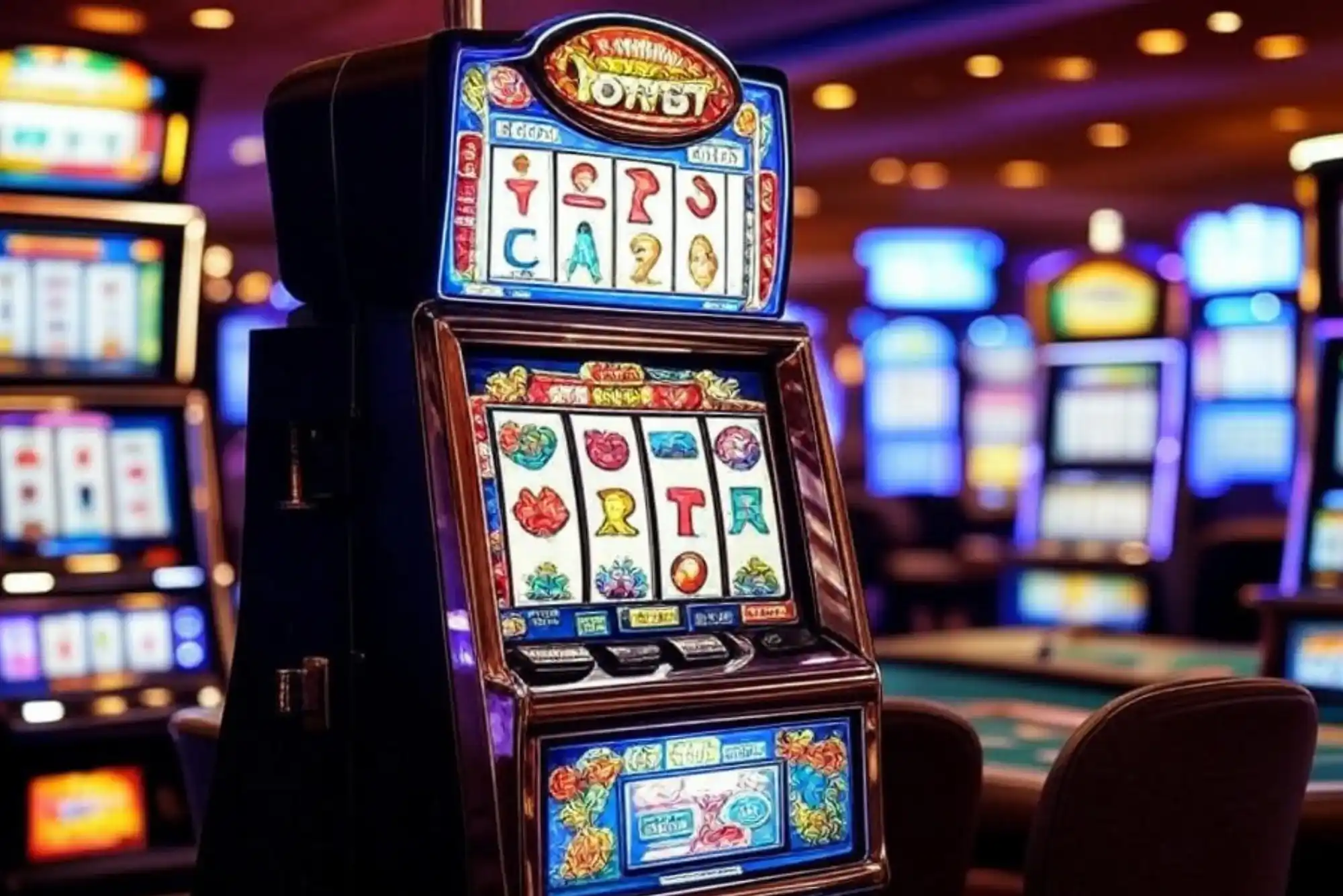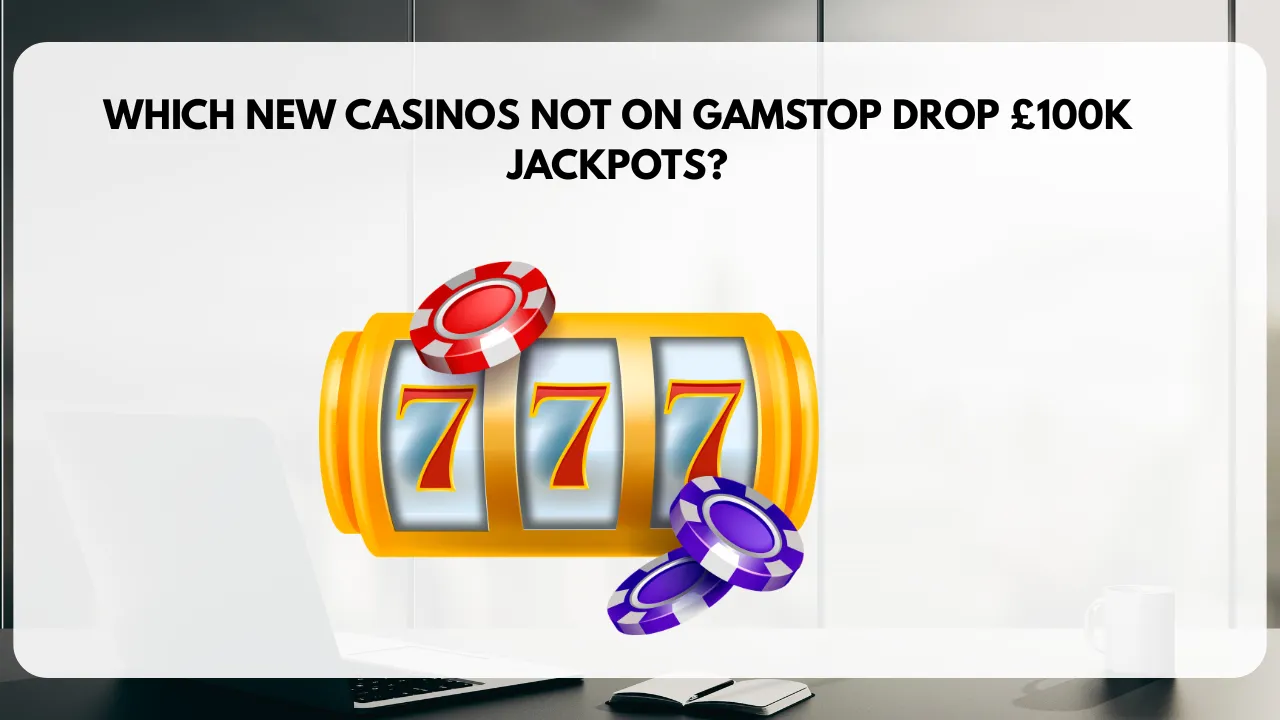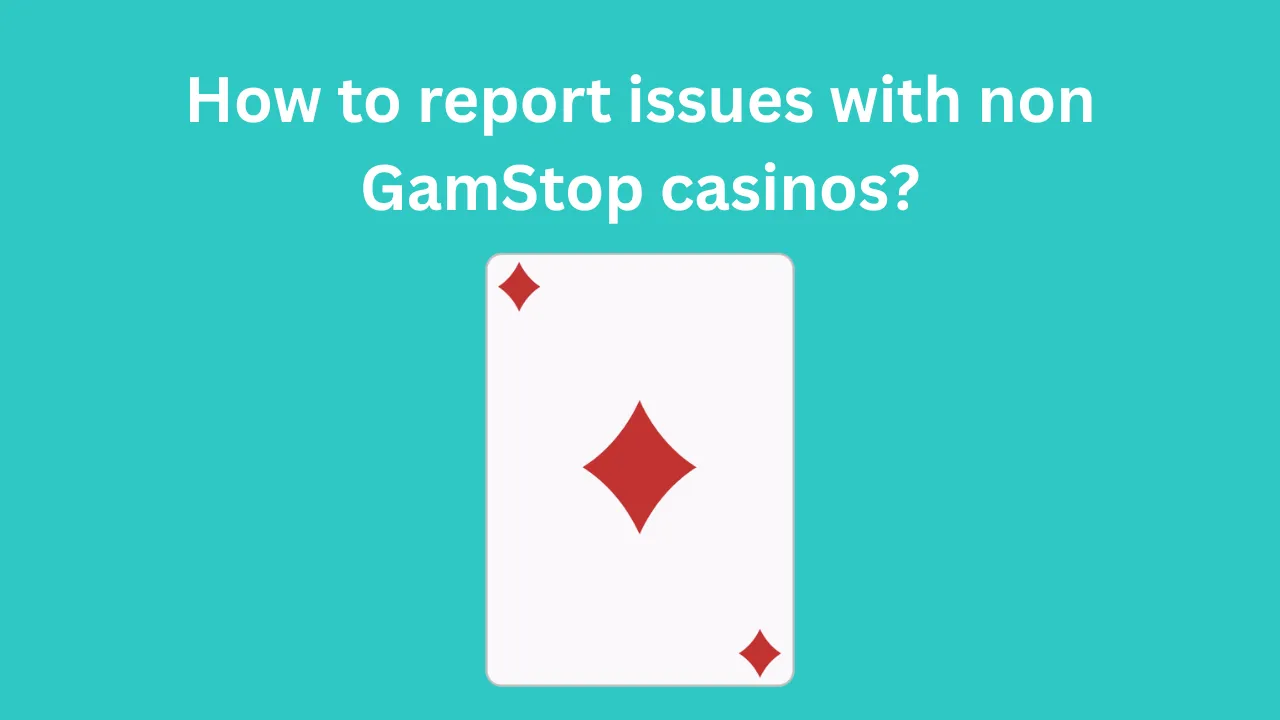Slot games are among the most popular casino offerings across the globe. Whether you’re spinning the reels at a land-based casino or trying your luck online, the charm of slots lies in their simplicity, excitement, and potential for large payouts. But behind every game is a crucial stat many overlook—Return to Player, commonly referred to as RTP. If you’re serious about gambling, especially on gambling sites not on GamStop, understanding RTP and its impact on your bankroll is a must.
Let’s dive into what RTP really means, explore some of the lowest RTP slot games, and look at how this knowledge can help you make smarter choices when spinning, especially outside the GamStop network.
Understanding RTP and Its Importance
Return to Player (RTP) is a term used to describe the percentage of all the wagered money a slot machine will pay back to players over time. For example, if a game has an RTP of 95%, it means that, theoretically, for every £100 wagered, the game returns £95 to players in the long run.
It’s important to note that RTP doesn’t guarantee what you’ll win in a single session. It’s calculated over millions of spins. So a slot with a 95% RTP could still wipe out your balance in minutes—or hit a bonus feature that skyrockets your winnings.
The higher the RTP, the better your theoretical chance of winning. That’s why many experienced players prefer slots with an RTP above 96%. However, there are also games on the other end of the spectrum, offering shockingly low RTPs, which can be a minefield for the uninitiated.
What Are the Lowest RTP Slots?
Let’s get straight to it—what’s the lowest RTP for slots? Technically, there’s no universal minimum, but most reputable online casinos won’t offer games with an RTP lower than 85%. Still, some titles out there toe that line or fall below, particularly those that are more entertainment-focused or jackpot-driven.
Here are a few examples of slots known for their lower RTPs:
-
Book of Kings – This Playtech slot is famous for its gorgeous visuals and Arabian-themed gameplay, but its RTP is around 91.0%, which is considerably lower than average.
-
Reel ‘Em In – A classic WMS slot that has nostalgic charm, yet the RTP ranges between 92% and 94%, depending on the version.
-
Mega Moolah – Known for its progressive jackpots, Mega Moolah offers a life-changing payout potential. However, its RTP is just 88.12%—a steep price to pay for the chance at massive wins.
Now, you might wonder—why do these games still attract players despite the low RTP? The answer lies in their themes, jackpot features, and sheer entertainment value. But from a mathematical standpoint, these slots are not ideal if you’re playing with a strict bankroll and aiming for long-term sustainability.
Volatility vs. RTP: Know the Difference
Here’s where things get interesting. A low RTP doesn’t always mean a bad game if the volatility is high and the rewards match the risk. Volatility measures how often and how much a slot pays out. High-volatility games pay less often but can deliver big wins, while low-volatility games pay small amounts frequently.
So a game with an 89% RTP and high volatility might be perfect for players seeking thrill and big wins—if they’re willing to accept the risks involved.
However, pairing a low RTP with high volatility is like walking a tightrope without a net. That’s why many players on gambling sites not on GamStop carefully evaluate both stats before choosing a game.
Gambling Sites Not on GamStop: Why RTP Matters More
GamStop, a UK-based self-exclusion scheme, allows players to voluntarily block themselves from licensed UK gambling sites. While it’s a fantastic tool for responsible gaming, some players—especially those who feel ready to return—look for gambling sites not on GamStop for more flexibility.
However, it’s crucial to tread carefully in this space. These sites are typically licensed by overseas regulators like Curaçao or Malta and don’t have to follow UKGC rules. That means slot RTPs can vary widely, and transparency isn’t always guaranteed.
If you’re gambling on a non-GamStop platform, knowing how to check RTP becomes even more important. Look for casinos that clearly display RTPs for each game or have provably fair gaming systems in place. If RTP data is hidden or difficult to verify, that’s a red flag.
Are Low RTP Slots Ever Worth Playing?
That depends on your goals. If you’re in it for the entertainment—the flashing lights, soundtracks, and storytelling—then sure, playing a low-RTP slot every now and then is fine. But if your focus is on getting value for your money and minimizing losses, then low RTP slots should be approached with caution.
Players on gambling sites not on GamStop often fall into two camps—those looking to enjoy themselves and those trying to recover losses or play professionally. If you’re the latter, low RTP slots might only serve as a source of frustration and bankroll drain.
How to Find Higher RTP Games
On or off GamStop, here are a few steps to find higher RTP games:
-
Check the paytable: Most online slots include RTP information in the help or info section.
-
Search online reviews: Sites like AskGamblers and Casino Guru list verified RTPs.
-
Play demos: Free versions give you a feel for the game without risking real cash.
-
Use filters: Some gambling platforms (especially outside GamStop) let you filter games by RTP.
If you’re playing on gambling sites not on GamStop, also look for casinos that partner with top developers like NetEnt, Play’n GO, or Red Tiger. These companies tend to offer transparent, fair games with decent RTP values.
Responsible Gambling: Why It Matters
It’s easy to get caught up in RTP and stats, but it’s even more important to stay in control. RTP is a helpful tool, but no amount of percentage theory can protect you from gambling beyond your means. Set limits, stick to them, and recognize that the house always has an edge.
This is particularly true on gambling sites not on GamStop, where player protection tools might not be as strong. Always assess a site’s licensing, payment options, customer support, and reputation before signing up.
Final Thoughts: Make RTP Part of Your Slot Strategy
In conclusion, the lowest RTP for slots can dip into the high 80s or even lower, depending on the game and platform. While those slots might offer exciting themes or massive jackpots, they are rarely favorable from a return standpoint. If you’re looking to stretch your money and play smarter, aim for slots with RTPs above 96% and understand how volatility impacts your experience.
When venturing into gambling sites not on GamStop, take extra care. Transparency isn’t always guaranteed, and the lack of regulation can make it harder to spot low-RTP traps. But with the right knowledge and a bit of due diligence, you can navigate this space more safely and enjoyably.
Remember—RTP isn’t everything, but it’s something. And knowing what you’re dealing with is always better than spinning blind. Happy spinning, and may the reels be in your favor.




